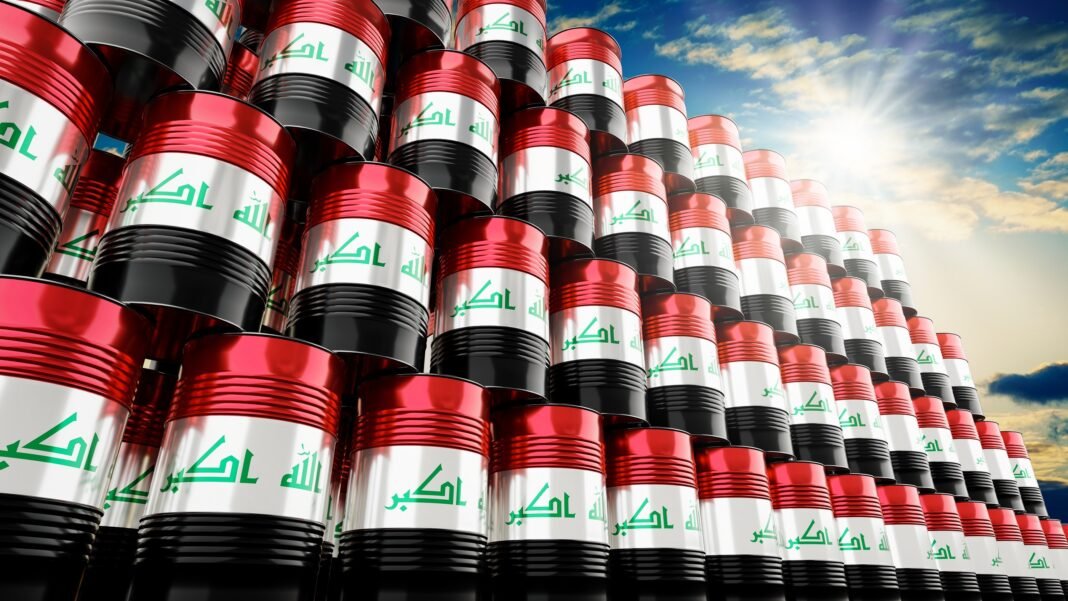Iraq has launched a strong production plan to boost its southern oil fields. The Dhi Qar Oil Company now focuses on three major fields: Nasiriyah, Saba, and Gharraf. This integrated development effort aims to increase oil and gas output across the region.
At the Nasiriyah oil field, the company added seven new wells. This move increased oil production from 52,000 to 70,000 barrels per day. Workers completed the expansion quickly to meet rising energy demands. The boost in production helps support Iraq’s growing domestic needs and future exports.
Meanwhile, the Saba oil field also saw major upgrades. As well as eight new wells were linked to the site. Additionally, a new isolation system was installed. These changes led to a sharp rise in output, jumping from 8,500 to 30,000 barrels per day. The improvements at Saba show Iraq’s strong production plan in action.
Gharraf oil field remains the largest of the three. It now produces around 180,000 barrels per day. Gharraf’s steady output plays a vital role in Iraq’s oil economy. The consistent flow of oil supports government revenue and international trade.
The plan includes more than just oil. Iraq also focuses on using its natural gas. So at Gharraf, phase one of gas recovery is now complete. The field can now handle 37 million standard cubic feet of gas per day. This is part of a larger goal to reach 140 million cubic feet daily.
Nasiriyah also contributes to this effort. In addition It currently recovers 20 to 22 million cubic feet of gas each day. The government hopes to raise this to 30 million cubic feet per day. These improvements are key steps in reducing gas waste and improving energy efficiency.
This strong production plan strengthens Iraq’s energy sector. By expanding oil and gas output, the country supports its economy and energy independence. The Dhi Qar Oil Company continues to lead development efforts with clear goals and timely actions.
In short, Iraq’s strong production plan brings clear benefits. So Oil fields now produce more, and gas is being used better. These changes mark a major step forward for the country’s energy future.


